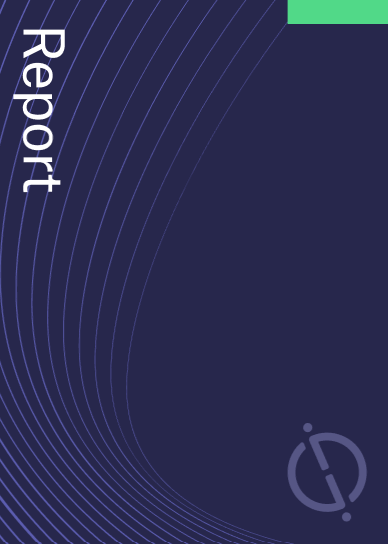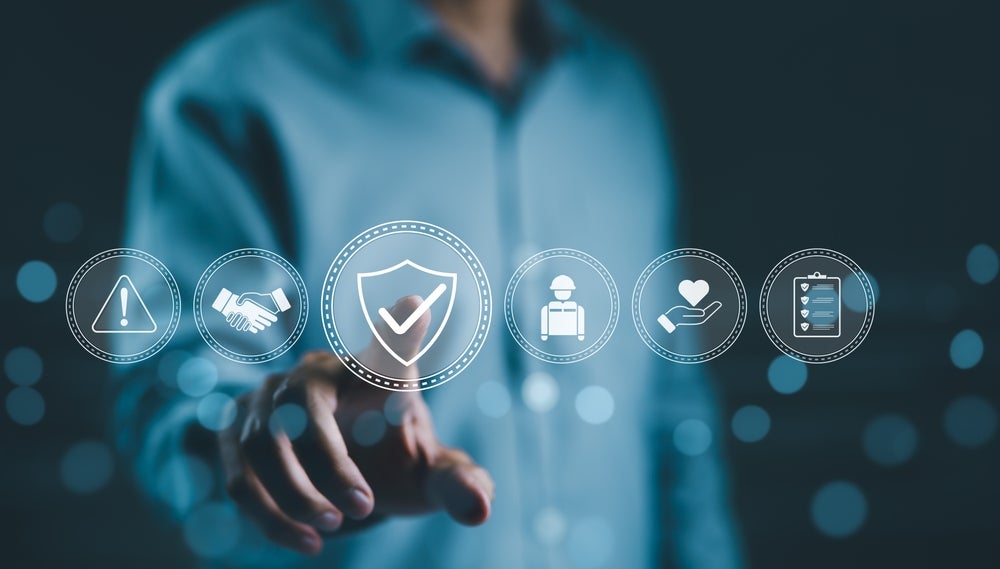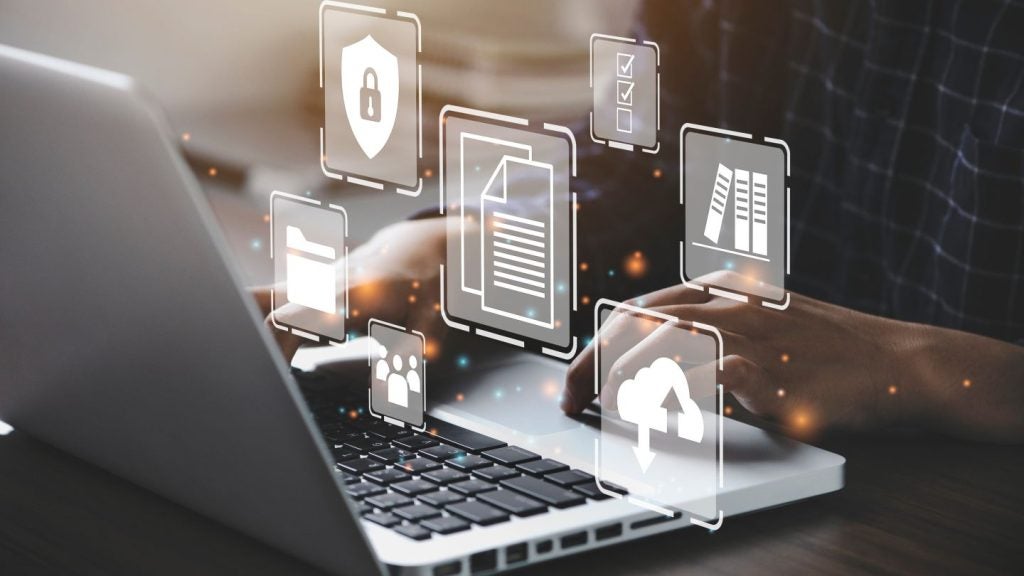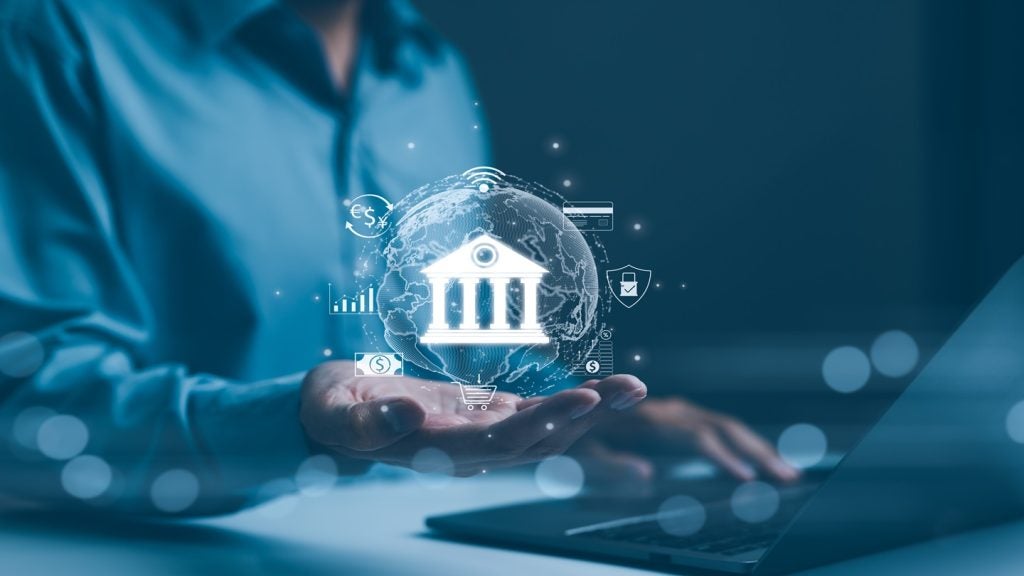Luminar Technologies has filed a patent for a method that combines real-world and virtual sensor data to train a machine learning model. The model is trained using data from both physical and simulated environments, along with sensor setting parameters. The trained model can then be used to generate current parameters for a vehicle’s operating environment. GlobalData’s report on Luminar Technologies gives a 360-degree view of the company including its patenting strategy. Buy the report here.
According to GlobalData’s company profile on Luminar Technologies, lidar-based object detection was a key innovation area identified from patents. Luminar Technologies's grant share as of September 2023 was 45%. Grant share is based on the ratio of number of grants to total number of patents.
Training a machine learning model for generating environment parameters
A recently filed patent (Publication Number: US20230251656A1) describes a method and system for training a machine learning model to generate physical environment parameters for a vehicle. The method involves obtaining training sensor data from both real-world and virtual sensors, and using this data to train the machine learning model. The training datasets include sensor setting parameters for the real-world and virtual sensors, such as different scan line settings or exposure settings. The machine learning model is trained to generate physical environment parameters based on input from real-world sensor output data and associated sensor setting parameters. These parameters can include information about road curvature, lane markings, road boundaries, and the distance to obstacles.
The patent also describes additional features of the method and system. For example, the machine learning model can be trained using map data from a database, which indicates road geometry. The model compares the mapping parameters generated with the model to the map data to generate an error signal, which is then applied as an additional input to the model. Additionally, the model can be trained using indications of object locations in a geographic region, such as traffic lights, which are applied as a cost function.
The training sensor data can include lidar data, camera data (visible and/or infrared range), and radar data. The machine learning model can also be trained using weather data indicative of current weather conditions in the environment where the vehicle operates. Furthermore, the model can be trained to generate confidence scores for the physical environment parameters.
The patent also includes a system embodiment, which includes one or more processors and a memory. The processors are configured to obtain the training sensor data, train the machine learning model, and provide the model for generating current parameters of the vehicle's environment. The memory stores instructions for the processors.
Overall, this patent presents a method and system for training a machine learning model to generate physical environment parameters for a vehicle. By using both real-world and virtual training datasets, along with sensor setting parameters, the model can accurately generate parameters that reflect the vehicle's surroundings. This technology has potential applications in autonomous vehicles and advanced driver assistance systems.
To know more about GlobalData’s detailed insights on Luminar Technologies, buy the report here.
Data Insights
From

The gold standard of business intelligence.
Blending expert knowledge with cutting-edge technology, GlobalData’s unrivalled proprietary data will enable you to decode what’s happening in your market. You can make better informed decisions and gain a future-proof advantage over your competitors.







